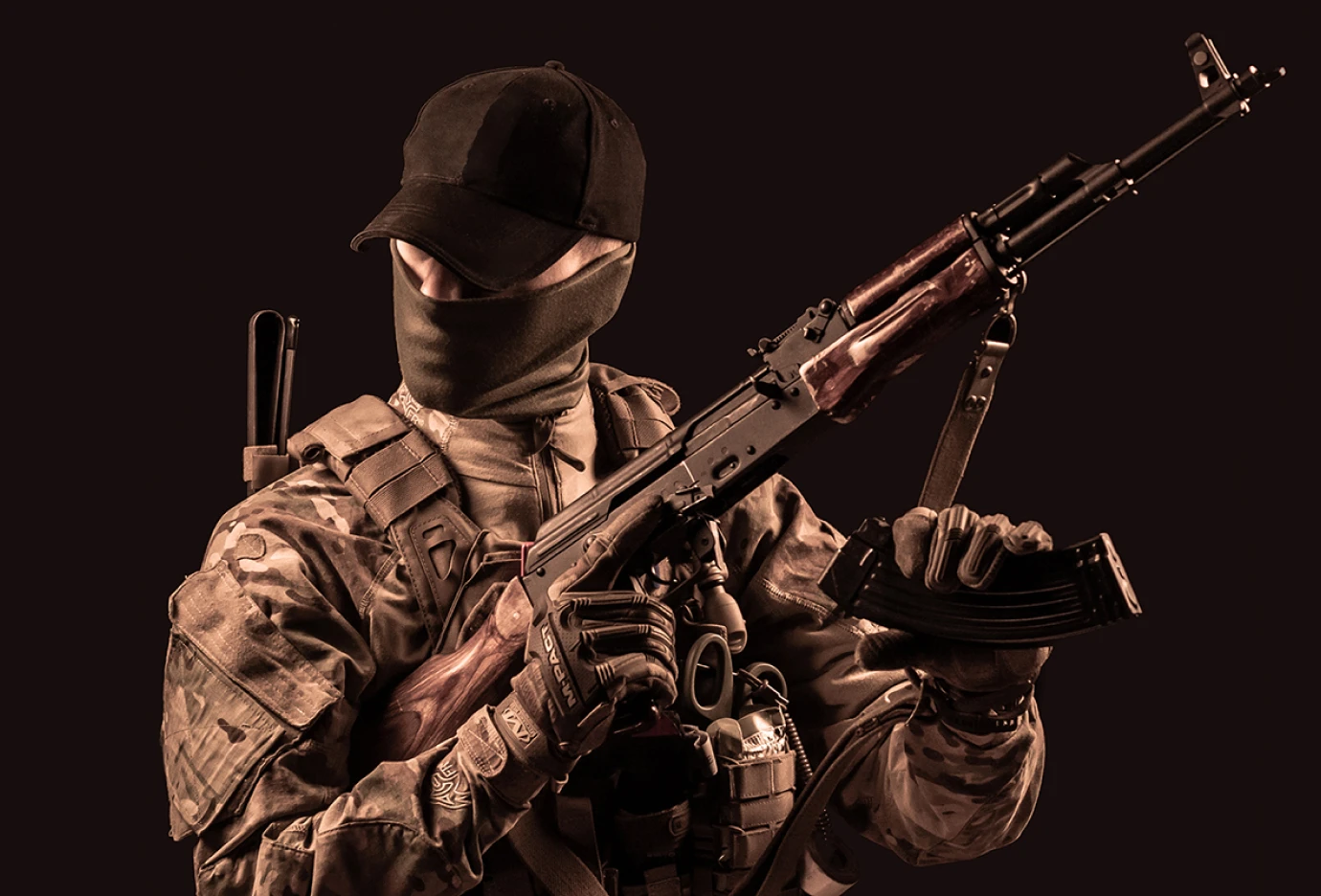It doesn’t take much to learn the basics of marksmanship with a pistol. It takes a little patience, agility, and, of course, plenty of practice. We’ll tell you where to start to become a marksman and improve your pistol skills at different distances.
What gun should I choose?
When choosing a gun, it is better to be guided by your own feelings. Take a gun that is comfortable for you and fits tightly your palm. However, there are a few general recommendations from experts that will help you.
- A larger sized gun is more comfortable to hold than a smaller one.
- Larger guns are more accurate in their shots.
- The longer the barrel, the higher the muzzle velocity of the bullet (more deflected trajectory of flight).
- The smaller the caliber, the less recoil and therefore the more comfortable shooting.
- Each gun requires a different trigger pull force. The trigger force is different for each gun model. Therefore, before you start shooting, it is advisable to test the trigger force by pulling the trigger, i.e. “dry shooting” when the gun is not loaded. This way you will adjust the trigger force.
Advantages of pistol shooting
You can learn to shoot not only with a pistol, but also with a revolver, smoothbore shotgun, rifled carbine, etc. The pistol technique is the most difficult and interesting. If you learn the techniques and rules of pistol shooting, it will be much easier for you to master a smoothbore shotgun or carbine. What is the advantage of pistol shooting? You will learn to…
- Hit targets of varying difficulty at different ranges;
- Shoot at high velocity while maintaining proper accuracy;
- Handle weapons safely;
- Shoot in various situations.
How to stand when shooting
One of the most important conditions for accurate shooting is a correct position. You can shoot from a standing position, lying down, resting on the knee, etc. Each position has its advantages and disadvantages.
Standing position
- Place the left leg forward and the right leg diagonally behind the left leg. The distance is shoulder width apart.
- Extend the right arm straight ahead, locking the elbow.
- Bend your left arm at a 120-degree angle. The right hand controls the vertical angle of the gun, the left hand controls its horizontal position. Your left elbow should be pointing precisely toward the ground.
- If you are left-handed, switch hands and feet.
Lying down position
- Lie down on your stomach, turn slightly to the side you are shooting from.
- Rest your knee and elbow on the ground. You will be slightly sideways to the target.
- Right hand flush with the ground, head resting on your right hand, eyes on the target.
Kneeling position
- Put your left leg back and crouch on the heel of your right foot. Left knee and toe are on the ground.
- Relax your supporting elbow on your resistant knee. The kneeling position is the most stable because you have three points of support – foot, toe, and knee.
Be safe when shooting
Any kind of weapon, whether it’s an air gun or a firearm, requires a number of rules to be followed during practice. This is for your own and other people`s safety.
- The gun should always be held only in the direction of the target. There is no need to lower the barrel down or raise it up.
- The gun should not be pointed in the direction of a person during training.
- It is not advisable to keep your finger on the trigger until after you have actually started shooting.
- You should not take your firearm out of the range and point it in any other direction from the target.
- If you are practicing with an instructor, listen carefully to his recommendations about the type and features of the weapon you are dealing with.
- Follow the instructor’s instructions strictly.
In addition, be sure to wear special protective headphones as well as goggles. In addition, equipment usually includes a holster, pouches and belt.
Before you start shooting
Do some light sport exercises, i.e. stretching. In such way you prepare your muscles.
Shoot a few warm-up shots from a short distance.
Do not consume alcohol, nicotine or tonic drinks before shooting.
Breathe slowly, be relaxed.
Concentrate on the fly: point it at the target. The target should coincide completely with the fly and be visible vaguely outside the weapon.
Take a deep breath.
Squeeze the trigger – slowly, in one smooth and controlled motion with your finger.
Double Grip
If you’re holding the gun with two hands, the positioning of your hands and fingers depends on your physical parameters. The “working” hand holds the grip tightly, the index finger touches the trigger only with the last phalanx. The wrist of the second hand is bent at a 45° angle to the forearm and wrapped around the wrist of the “working” hand. The fingers of the second hand should grip the gun handle tightly, with the thumb relaxed and pointing toward the target. At the moment of the shot, the arms bend at the elbows, working as shock absorbers, and automatically return the gun to its original position without changing the body position. This allows the gun to be fired again quickly.
Nota bene
Beginners do not always manage to shoot successfully at the first time. This is perfectly normal – the first experience of firing a combat pistol is not always successful. Few people in a short period of time are able to learn the pistol technique right away. A person must form muscle memory for a new action, and this process is different for everyone. Experienced shooters have their movements practiced to the point of automatism. So the more you practice, the better the result!







